If you notice that your kitchen sink is clogged, the first thing you should try is using a plunger. This simple tool can help dislodge any debris or buildup that may be causing the blockage. To use a plunger, fill the sink with enough water to cover the rubber portion of the plunger. Place the plunger over the drain and push down firmly, then pull up quickly. Repeat this motion a few times to create suction and hopefully loosen the clog. If this method doesn't work, try using a different tool or calling a professional.1. Using a Plunger
A drain snake, also known as a plumbing snake or auger, is a long, flexible tool used to remove clogs from drains. To use a drain snake, insert one end into the drain and turn the handle to extend the snake deeper into the drain. Once you feel resistance, twist and push the snake to break up the clog. Slowly pull the snake out of the drain, hopefully bringing the clog with it. This method is especially useful for larger clogs or ones that are deeper in the pipes.2. Using a Drain Snake
If you prefer a more natural approach to unclogging your kitchen sink, try using baking soda and vinegar. First, pour a pot of boiling water down the drain to help loosen any debris. Then, pour ½ cup of baking soda followed by 1 cup of white vinegar down the drain. This will create a chemical reaction that can help break up the clog. Let it sit for a few minutes, then pour another pot of boiling water down the drain to flush it out. Repeat this process as needed.3. Using Baking Soda and Vinegar
As mentioned in the previous methods, pouring boiling water down the drain can help loosen and flush out clogs. This method is especially effective for grease or oil buildup, as the hot water can melt and wash away the blockage. However, be careful not to use this method if you have PVC pipes, as the hot water can damage them. If you're unsure about the type of pipes you have, it's best to try a different method.4. Using Boiling Water
If you have a wet/dry vacuum, you can use it to remove clogs from your kitchen sink. First, set the vacuum to the wet setting and cover the vent to create suction. Then, place the hose over the drain and turn on the vacuum. This will hopefully suck out the clog and any debris that may be causing it. If this method doesn't work, you may need to try a stronger tool or call a professional.5. Using a Wet/Dry Vacuum
The P-trap is the curved pipe located under your sink that connects the drain to the main plumbing pipe. It's designed to catch debris and prevent it from clogging the pipes. However, over time, the P-trap can become clogged itself. To clean it, place a bucket or towel under the P-trap to catch any water that may spill out. Then, use pliers to unscrew the nuts holding the P-trap in place. Remove the trap and clean it out before reattaching it.6. Removing and Cleaning the P-Trap
If other methods have failed, you may need to use a chemical drain cleaner to unclog your kitchen sink. These cleaners are strong and can dissolve most clogs, but they can also be harmful to your pipes and the environment. It's important to follow the instructions carefully and use caution when handling these chemicals. Also, be sure to choose a cleaner that is safe for your specific type of pipes.7. Using Chemical Drain Cleaners
A plumbing snake is similar to a drain snake, but it's larger and more powerful. It's a good option for stubborn clogs that won't budge with other methods. To use a plumbing snake, follow the same steps as a drain snake, but be prepared to use more force and possibly have to remove the P-trap to access the clog.8. Using a Plumbing Snake
If you don't want to use strong chemicals, you can make your own drain cleaner using ingredients you likely already have at home. Mix ½ cup of salt, ½ cup of baking soda, and 1 cup of white vinegar in a bowl. Pour the mixture down the drain and let it sit for at least an hour or overnight. Then, flush it out with hot water. This method may take longer to work, but it's a safer and more eco-friendly option.9. Using a Homemade Drain Cleaner
If all else fails, it may be time to call a professional plumber. They have the knowledge, experience, and tools to effectively unclog your kitchen sink without causing any damage. While it may cost more than trying to fix the problem yourself, it's worth it to avoid any potential complications or further damage to your pipes. In conclusion, dealing with a clogged kitchen sink can be frustrating, but there are several methods you can try before resorting to professional help. Remember to always follow safety precautions and choose the method that is best for your specific situation and type of pipes. With the right approach, you can have your kitchen sink running smoothly in no time.10. Calling a Professional Plumber
Cleaning a Clogged Kitchen Sink

Why is a clogged sink a common problem in the kitchen?
 The kitchen sink is an essential part of any household, and it is used multiple times throughout the day for various tasks. From washing dishes and food to filling up pots and getting rid of food scraps, the sink sees a lot of action. With all this use, it's no surprise that it can easily get clogged. A clogged kitchen sink can be a major inconvenience, as it prevents you from using the sink properly and can lead to unpleasant odors. But don't worry, with the right tools and techniques, you can easily clean a clogged kitchen sink and get it back to working like new.
The kitchen sink is an essential part of any household, and it is used multiple times throughout the day for various tasks. From washing dishes and food to filling up pots and getting rid of food scraps, the sink sees a lot of action. With all this use, it's no surprise that it can easily get clogged. A clogged kitchen sink can be a major inconvenience, as it prevents you from using the sink properly and can lead to unpleasant odors. But don't worry, with the right tools and techniques, you can easily clean a clogged kitchen sink and get it back to working like new.
What causes a kitchen sink to get clogged?
 There are several reasons why a kitchen sink may become clogged. One common cause is the build-up of food scraps, grease, and other debris in the drain pipes. Over time, this build-up can create a blockage, causing water to back up and not drain properly. Another common cause is pouring oil and grease down the sink, which can solidify and create a blockage. Additionally, small objects such as utensils, bottle caps, and even hair can also get stuck in the pipes and cause a clog.
There are several reasons why a kitchen sink may become clogged. One common cause is the build-up of food scraps, grease, and other debris in the drain pipes. Over time, this build-up can create a blockage, causing water to back up and not drain properly. Another common cause is pouring oil and grease down the sink, which can solidify and create a blockage. Additionally, small objects such as utensils, bottle caps, and even hair can also get stuck in the pipes and cause a clog.
How to clean a clogged kitchen sink
:max_bytes(150000):strip_icc()/freshen-and-unclog-drain-with-baking-soda-1900466-22-bbf940b70afa4d5abef0c54da23b1d3f.jpg) 1. Use a plunger
A plunger is a great tool for unclogging a kitchen sink. To use it, place it over the drain and push down and pull up repeatedly to create suction. This suction can help dislodge the blockage and clear the drain.
2. Try boiling water
If the plunger doesn't work, try pouring a pot of boiling water down the sink. The hot water can help break down any grease or food build-up and clear the clog. Be careful not to pour boiling water down a porcelain sink, as it can cause cracks.
3. Use a mixture of baking soda and vinegar
Another effective method is to mix equal parts of baking soda and vinegar and pour it down the drain. The chemical reaction between the two ingredients can help break down any blockages and clear the sink.
4. Use a plumbing snake
If the above methods don't work, you may need to use a plumbing snake. This tool can reach deep into the pipes and dislodge any stubborn blockages. Make sure to follow the instructions carefully and wear gloves for safety.
1. Use a plunger
A plunger is a great tool for unclogging a kitchen sink. To use it, place it over the drain and push down and pull up repeatedly to create suction. This suction can help dislodge the blockage and clear the drain.
2. Try boiling water
If the plunger doesn't work, try pouring a pot of boiling water down the sink. The hot water can help break down any grease or food build-up and clear the clog. Be careful not to pour boiling water down a porcelain sink, as it can cause cracks.
3. Use a mixture of baking soda and vinegar
Another effective method is to mix equal parts of baking soda and vinegar and pour it down the drain. The chemical reaction between the two ingredients can help break down any blockages and clear the sink.
4. Use a plumbing snake
If the above methods don't work, you may need to use a plumbing snake. This tool can reach deep into the pipes and dislodge any stubborn blockages. Make sure to follow the instructions carefully and wear gloves for safety.
Preventing future clogs
 To prevent future clogs, it's essential to be mindful of what goes down the kitchen sink. Avoid pouring oil and grease down the drain and use a sink strainer to catch food scraps. Regularly cleaning the sink and pipes with hot water and vinegar can also help prevent build-up.
In conclusion, a clogged kitchen sink can be a frustrating problem, but with the right methods, it can be easily cleaned. If the clog persists or if you are unsure of how to handle it, it's best to call a professional plumber. Remember to be mindful of what goes down the sink to prevent future clogs and keep your kitchen sink running smoothly.
To prevent future clogs, it's essential to be mindful of what goes down the kitchen sink. Avoid pouring oil and grease down the drain and use a sink strainer to catch food scraps. Regularly cleaning the sink and pipes with hot water and vinegar can also help prevent build-up.
In conclusion, a clogged kitchen sink can be a frustrating problem, but with the right methods, it can be easily cleaned. If the clog persists or if you are unsure of how to handle it, it's best to call a professional plumber. Remember to be mindful of what goes down the sink to prevent future clogs and keep your kitchen sink running smoothly.






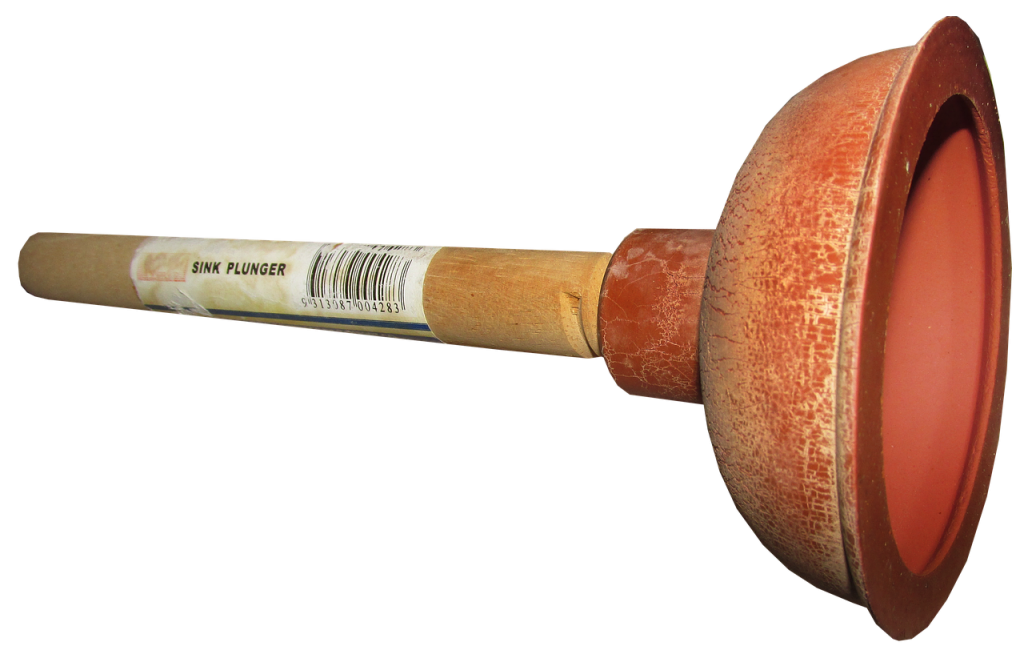














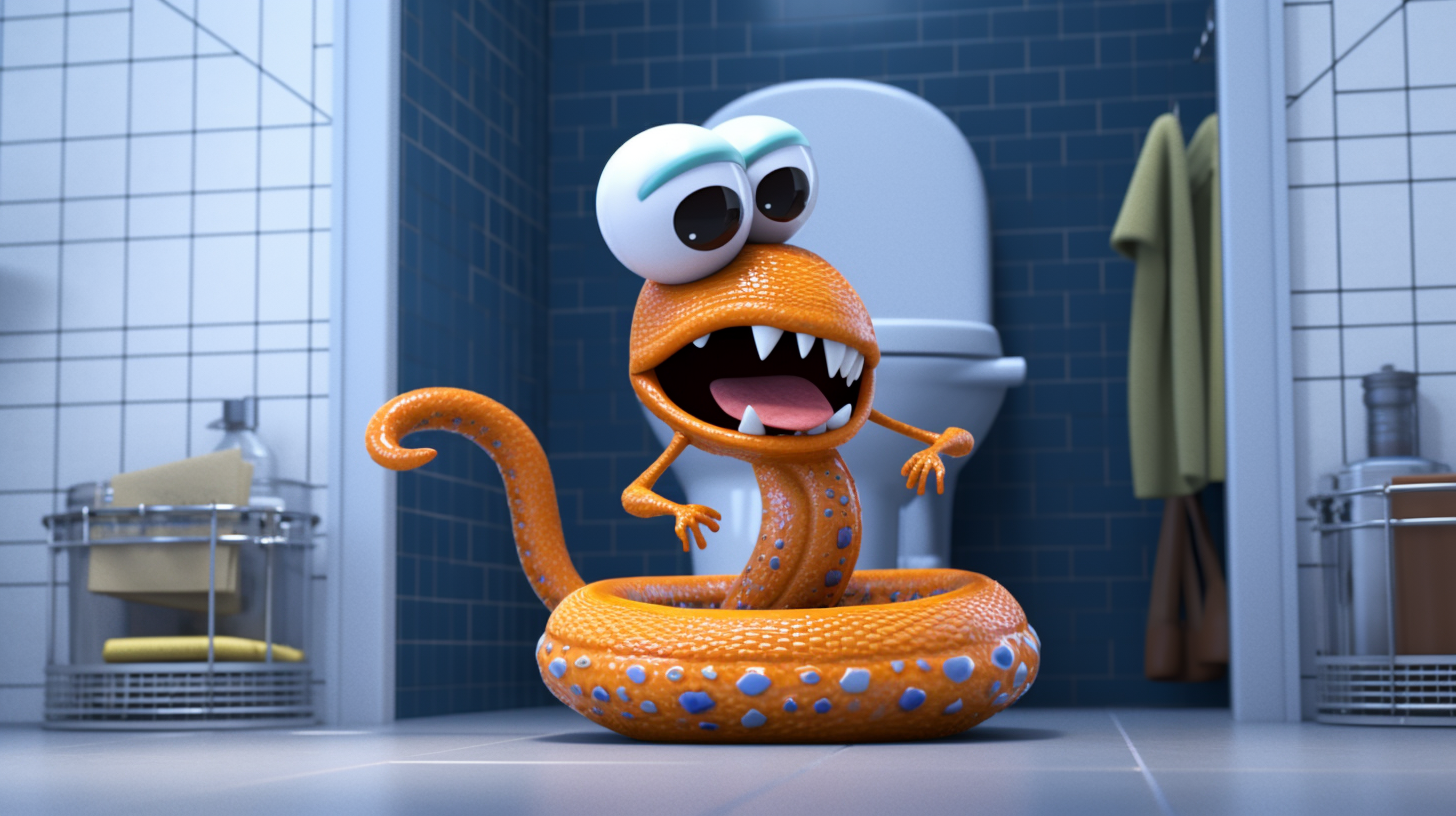






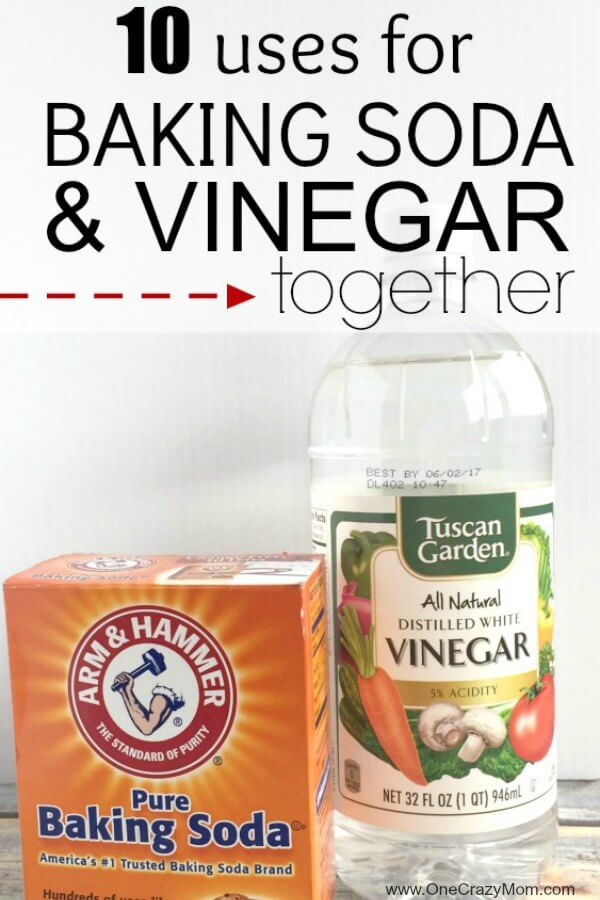














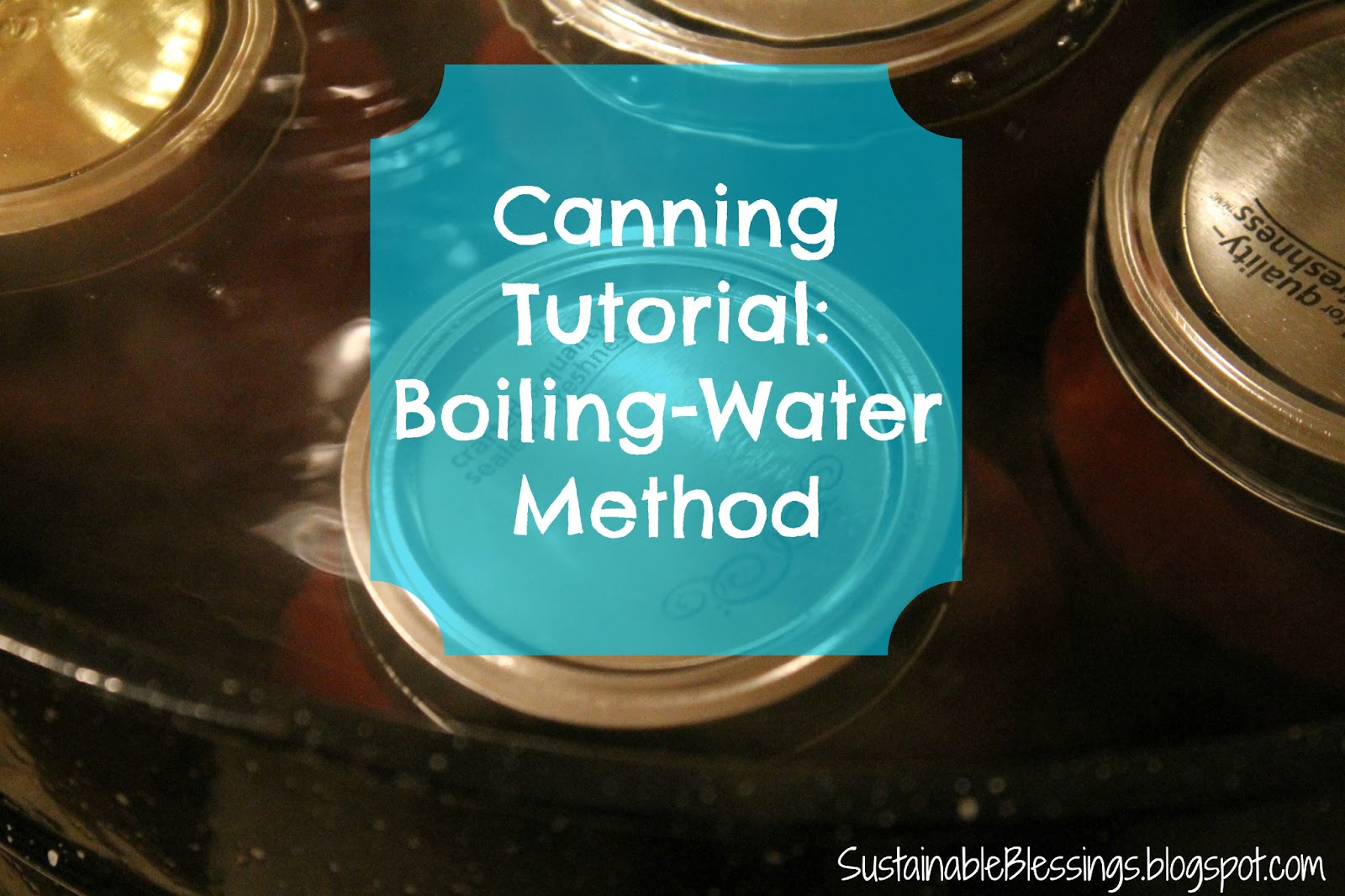




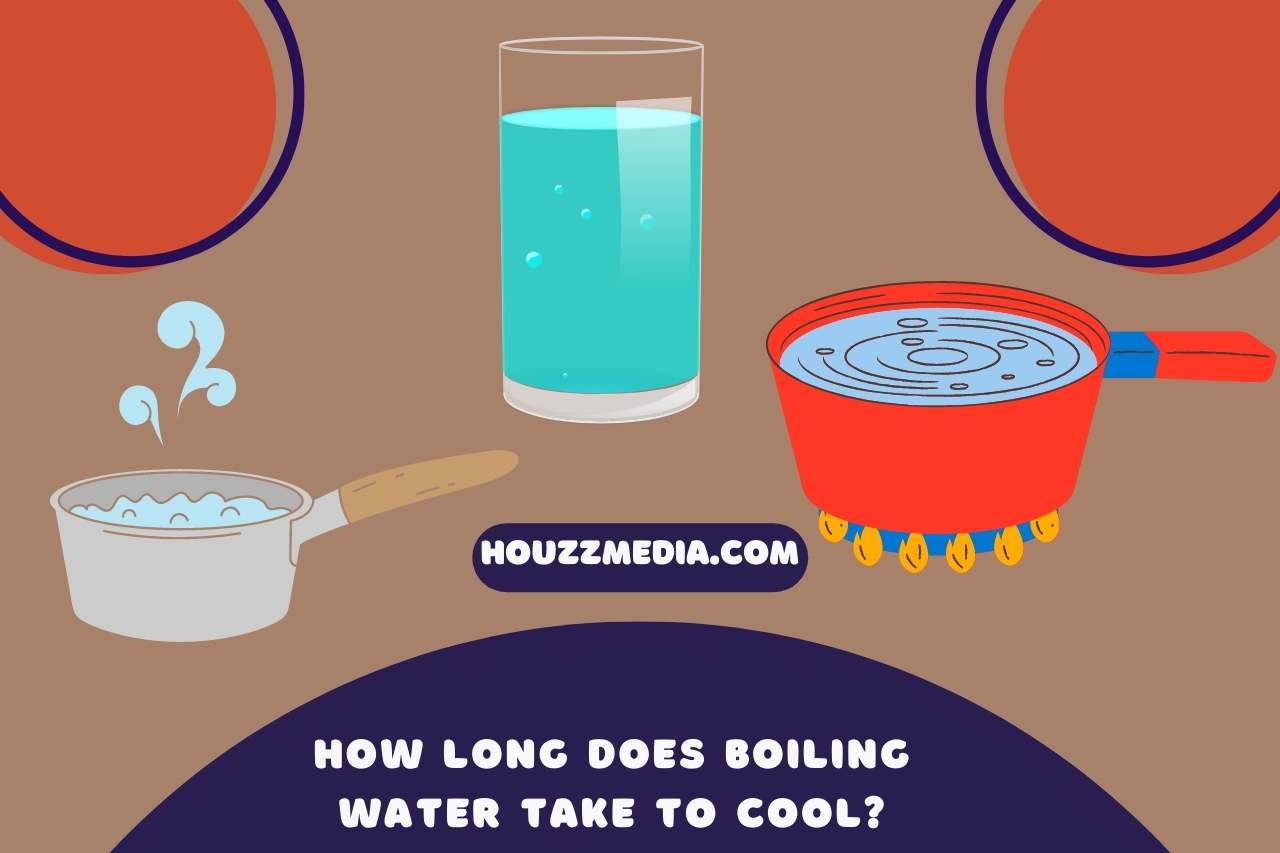





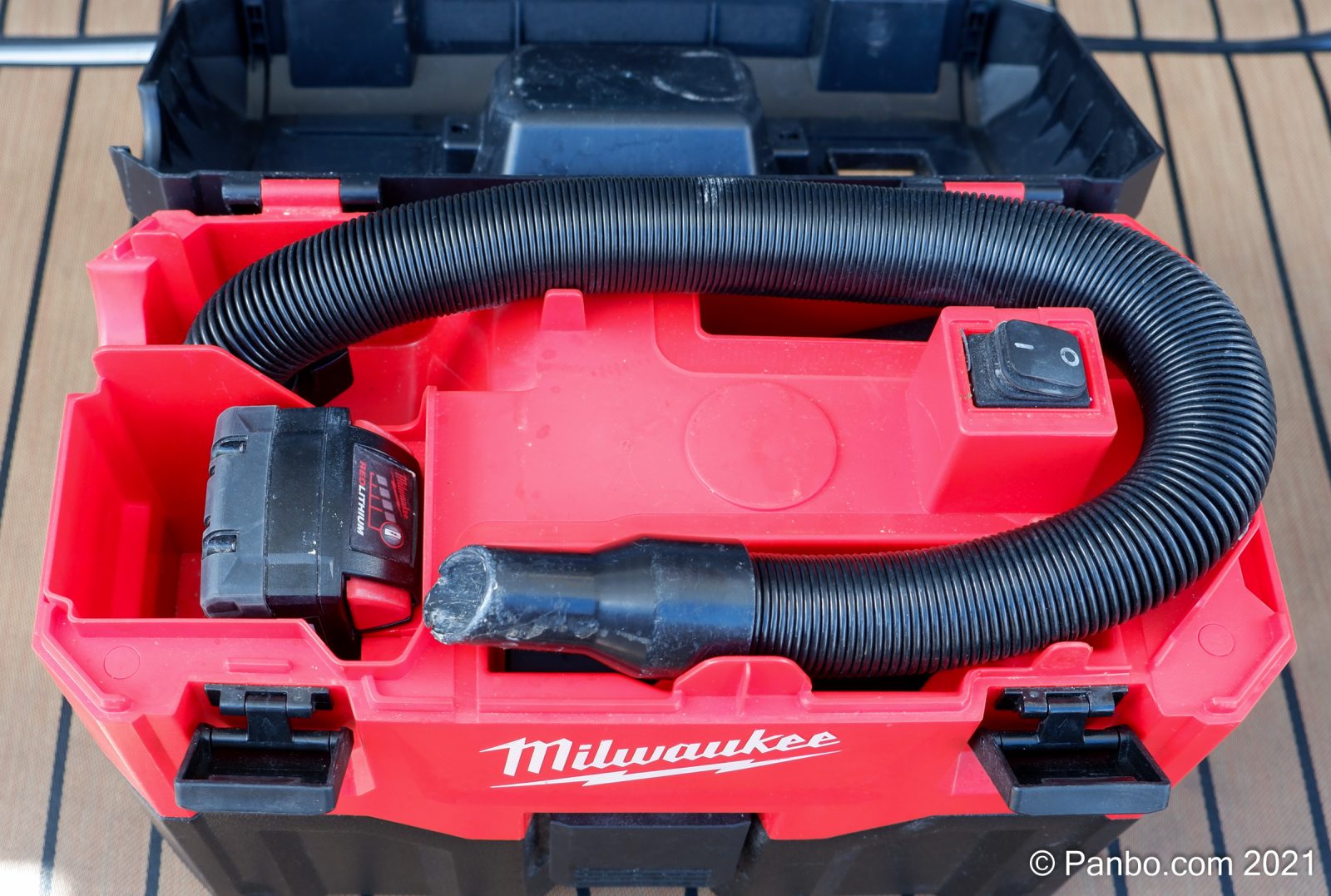
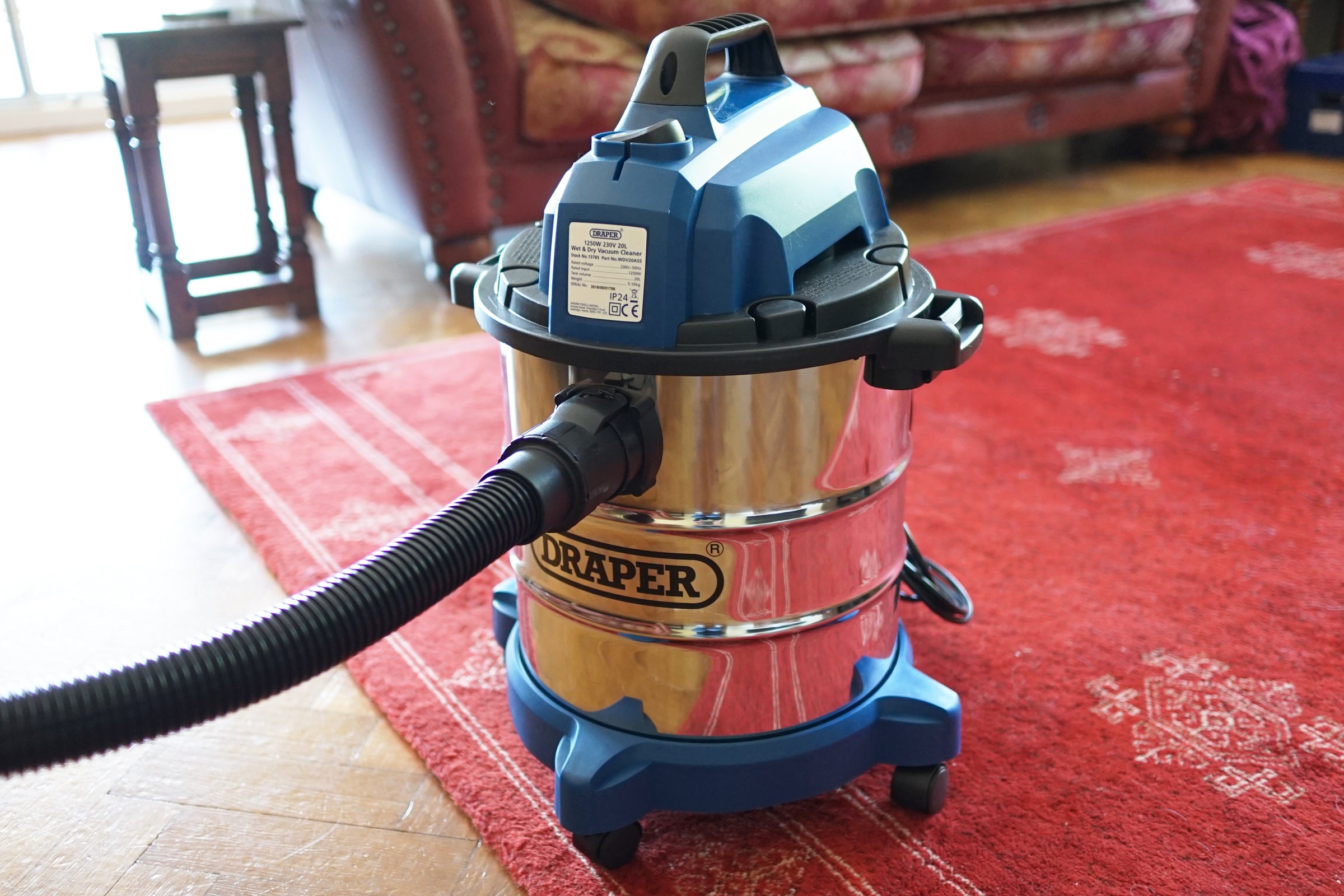












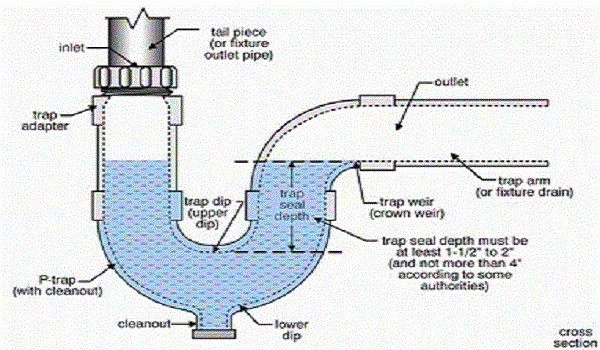













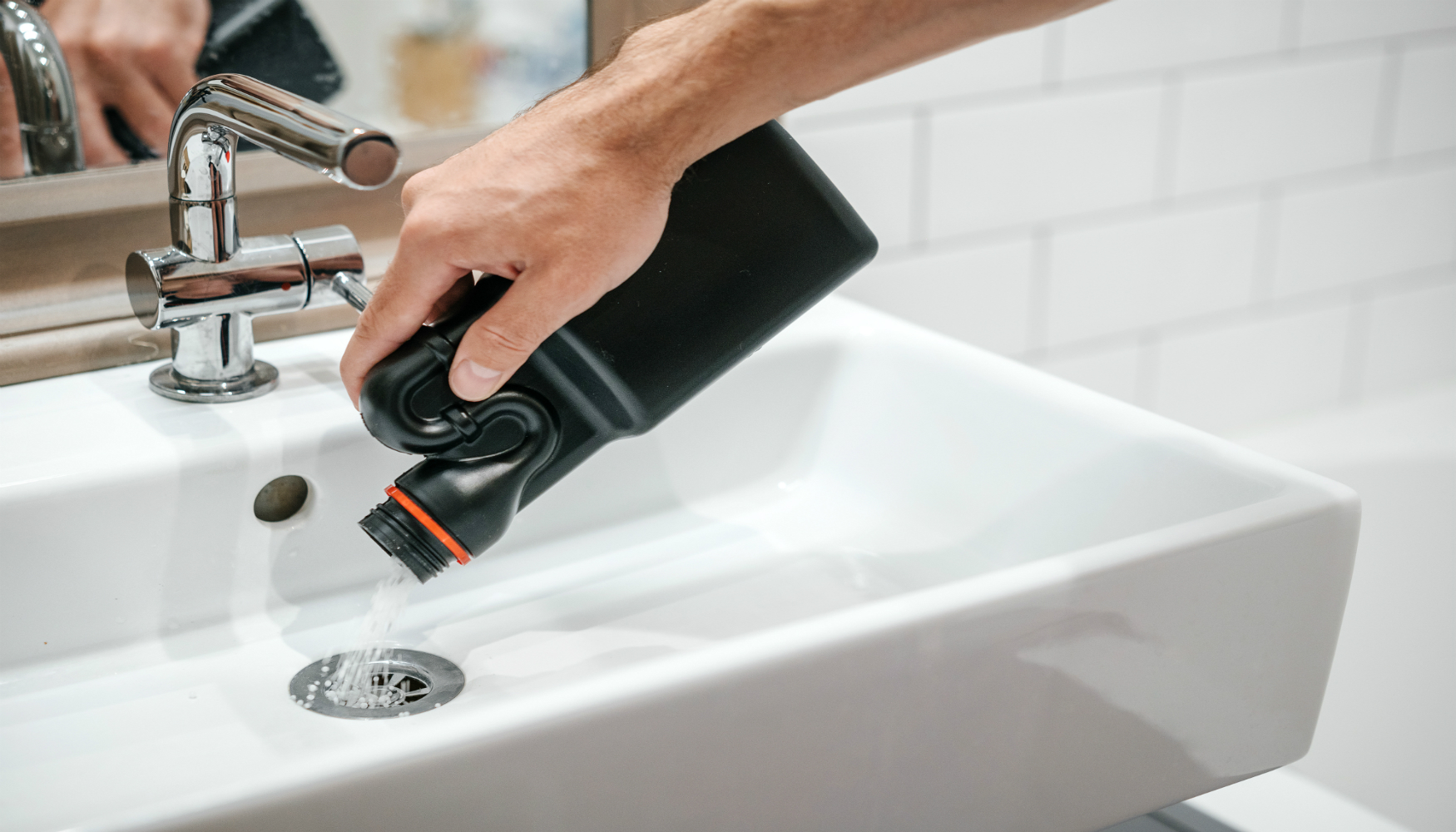

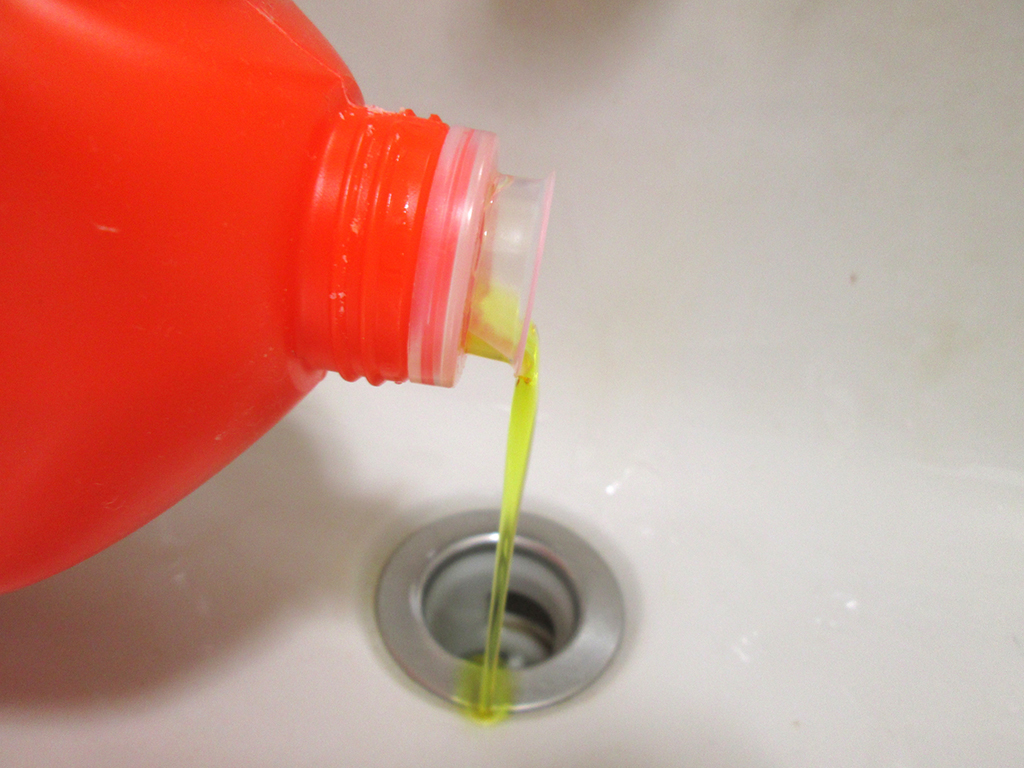



















:max_bytes(150000):strip_icc()/homemade-drain-cleaner-2718784-10-d0d43469f00a45f6890b0a959d28cc8e.jpg)

/98292130-56a12f705f9b58b7d0bcdef7.jpg)
/water-bubbling-in-a-sink-565787327-5796b22c3df78ceb86aa3361.jpg)
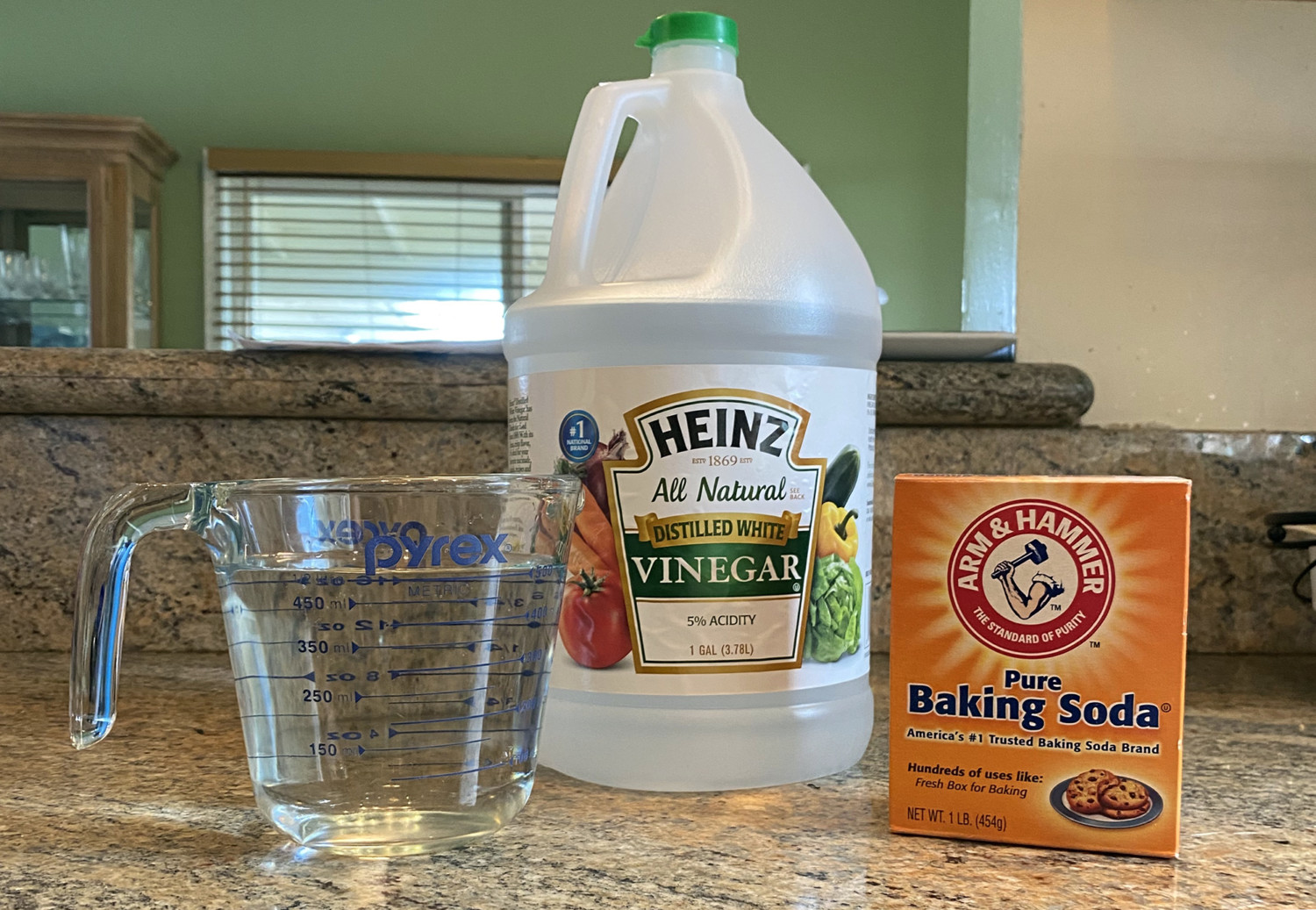




















:max_bytes(150000):strip_icc()/_hero_4109254-feathertop-5c7d415346e0fb0001a5f085.jpg)

